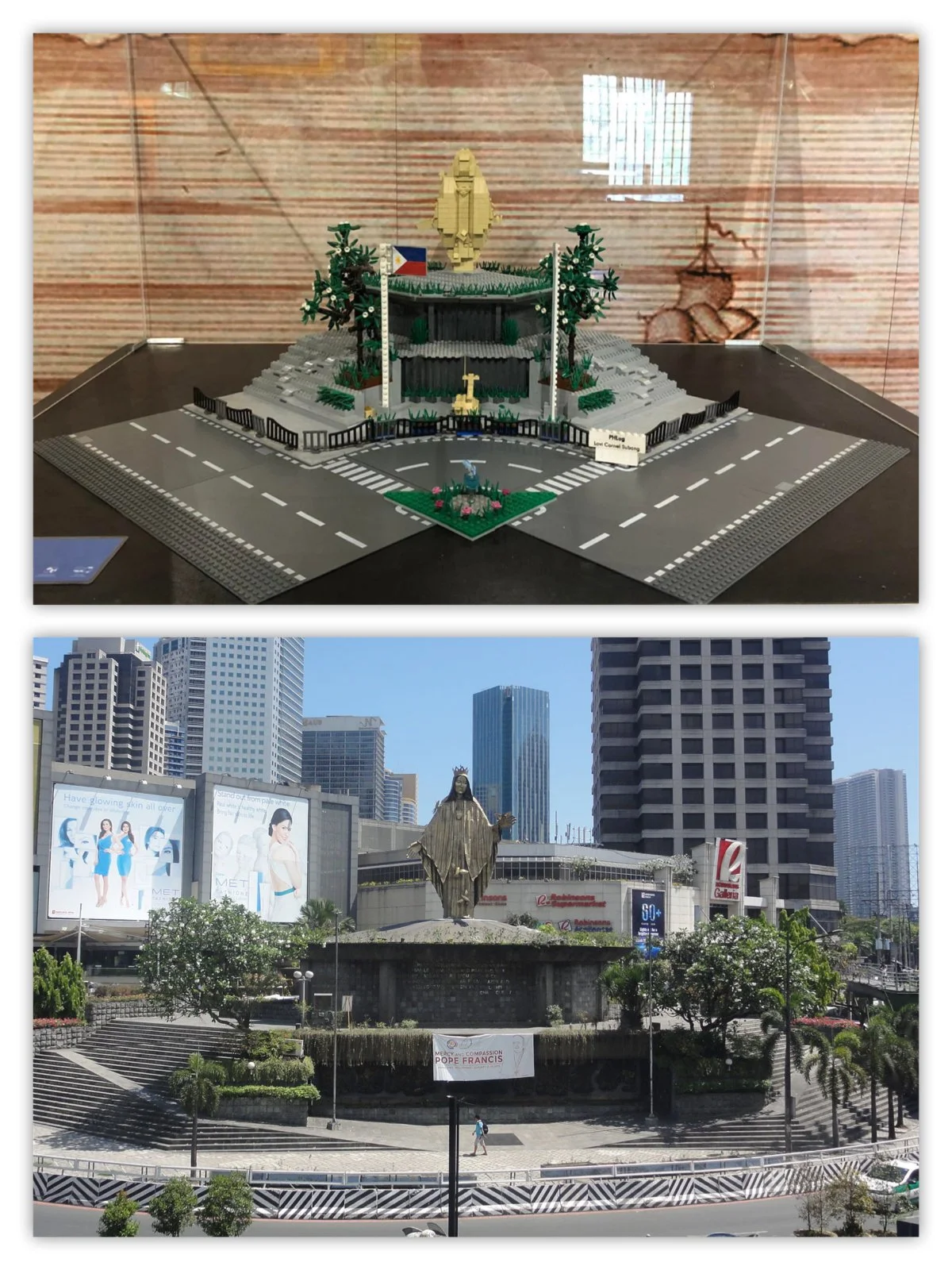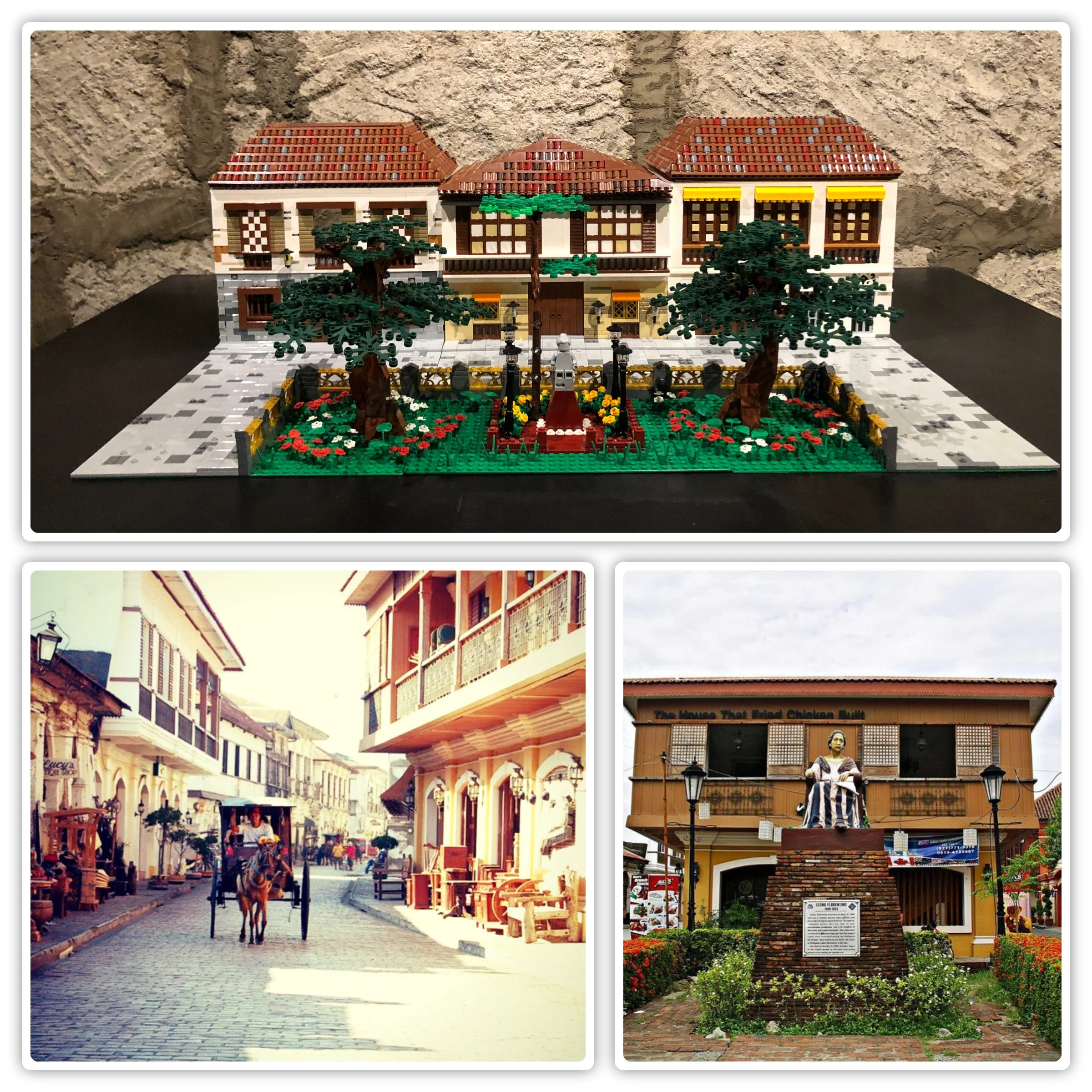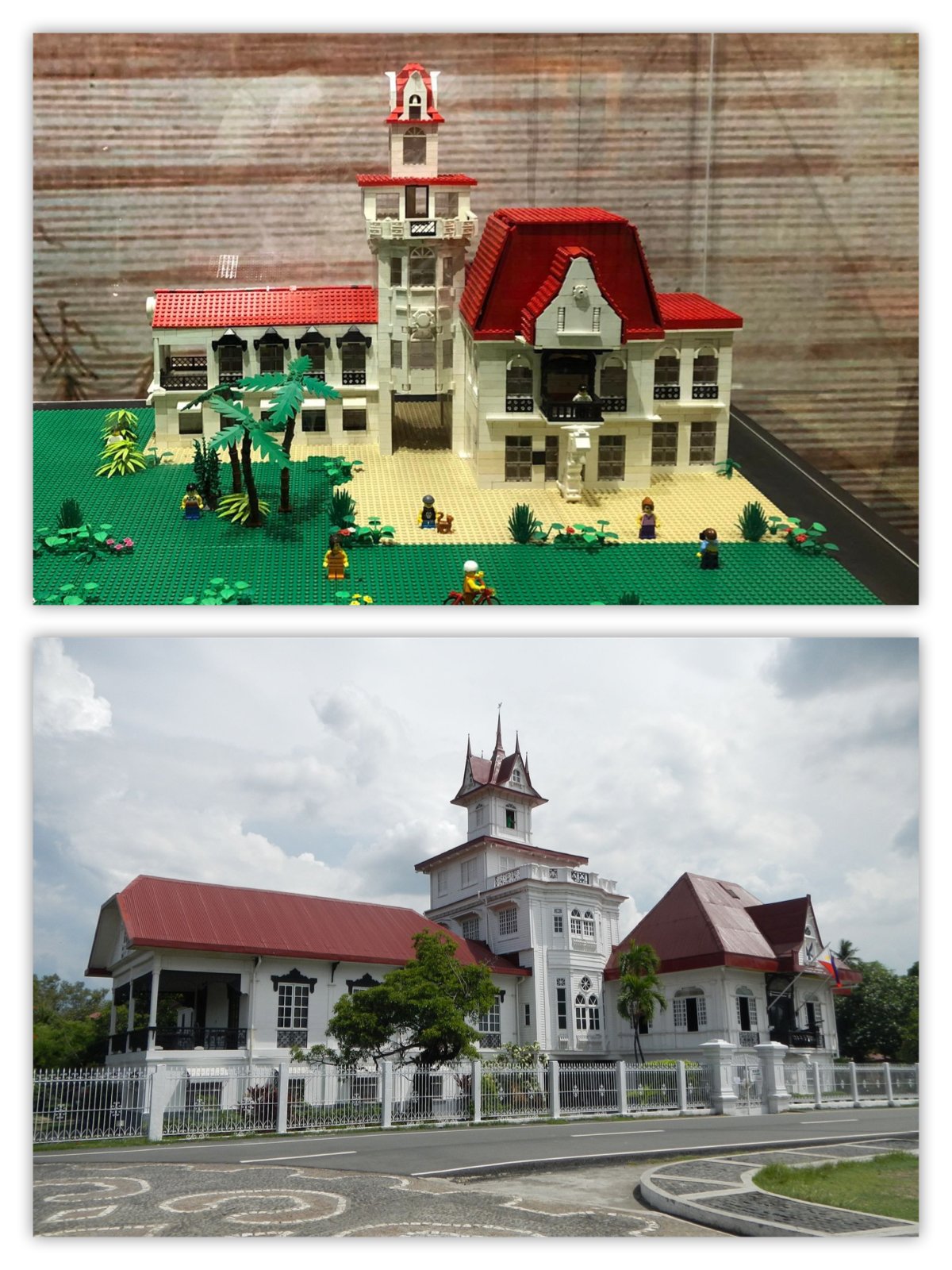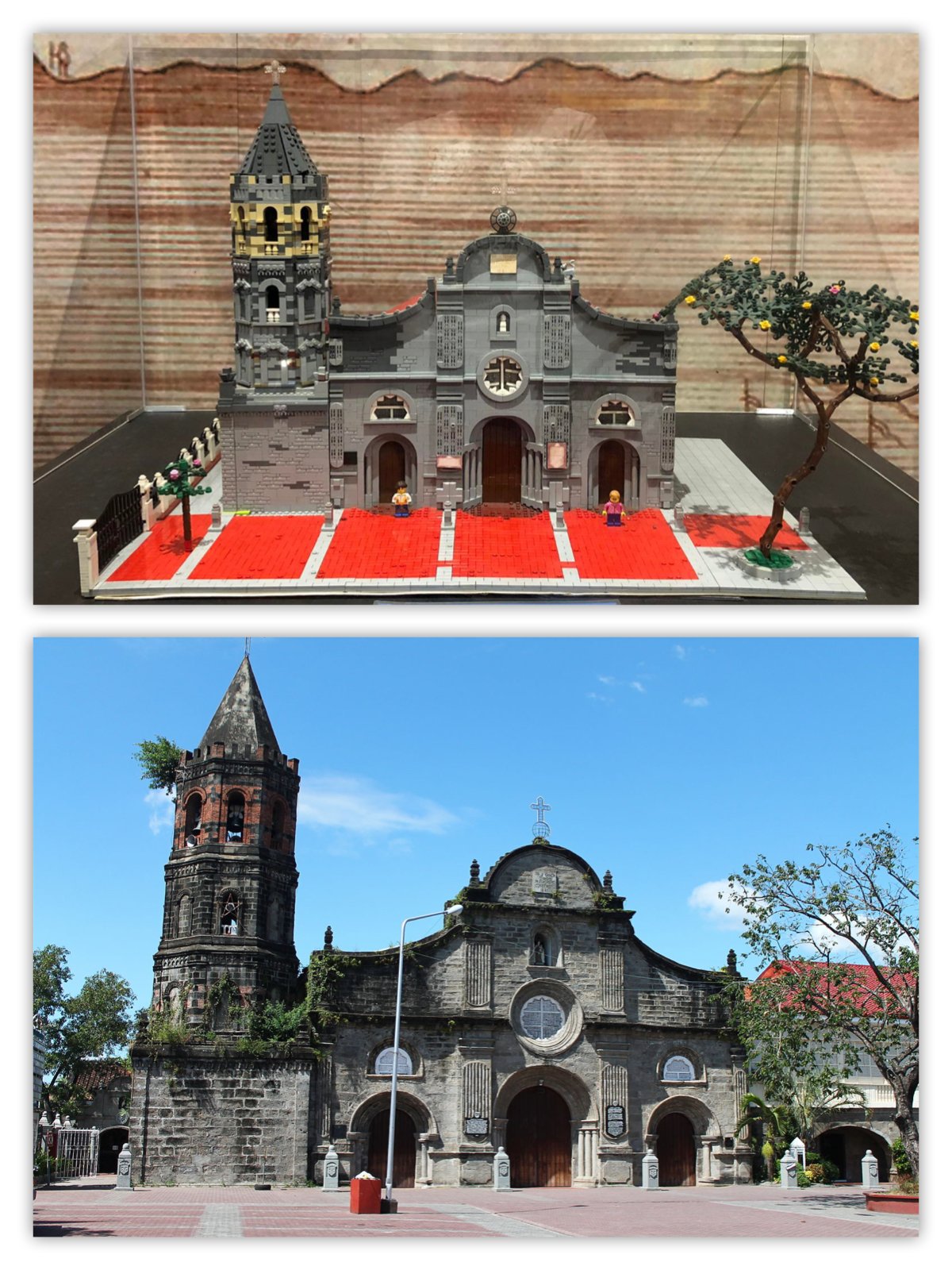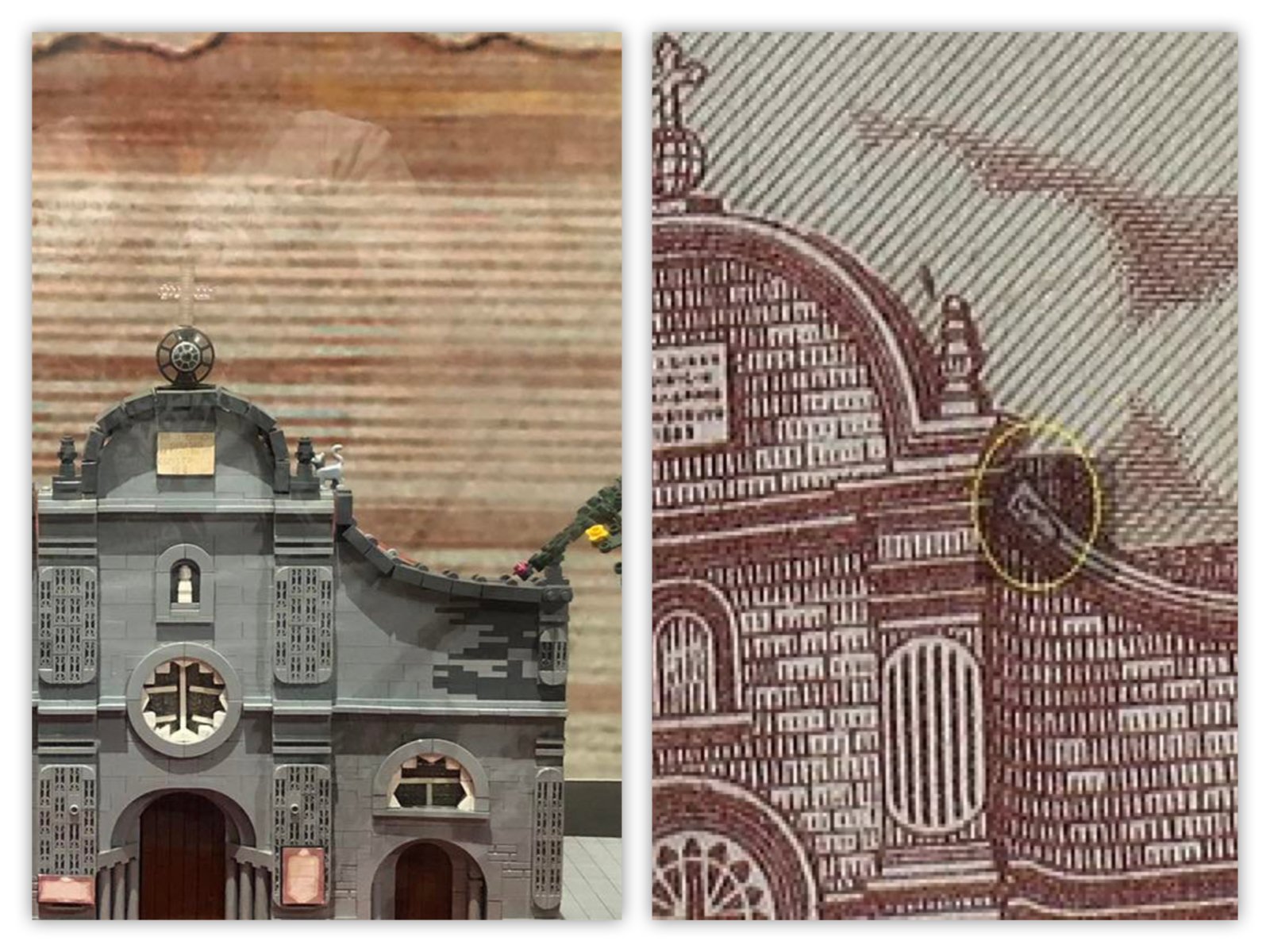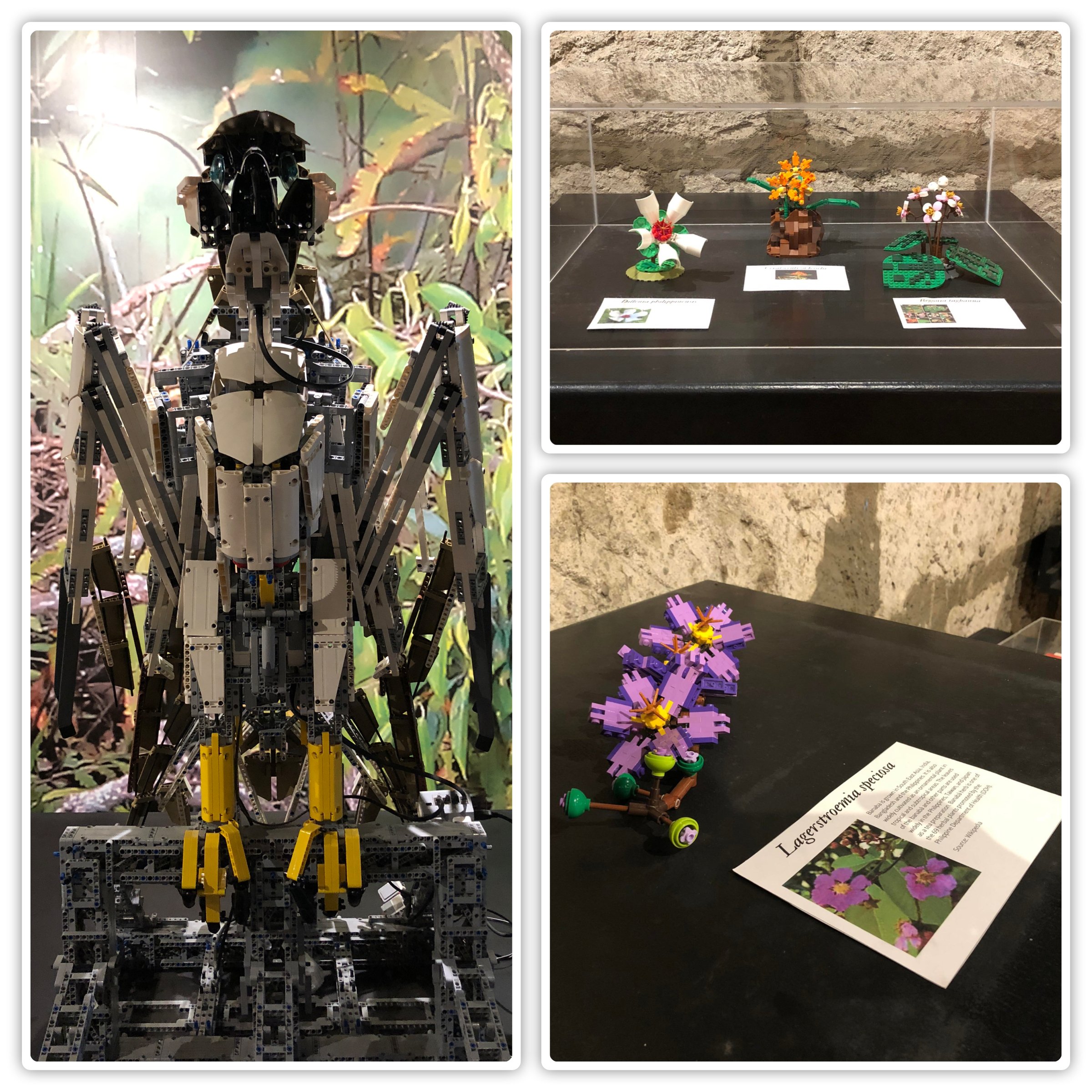Exploring the Philippines One Brick at a Time
/The iMake History Fortress Museum features various brick built Philippine architecture and icons made by members of the Philippine LEGO Users Group (PhLUG), alongside scale models of other local structures made by architecture students. As a partnership with LEGO Education, iMake also features the Technic creations of LEGO Robotics designer, Lee Magpili. Located in historic Fort Santiago within the walled city of Intramuros in Manila, Philippines, the museum recently re-opened after its Covid-induced forced shutdown.
PhLUG has been building exhibits for iMake since it opened in 2018 and has contributed almost 30 MOCs by its members. “We build for iMake because it offers a unique opportunity to showcase the creative talents of the Filipino AFOL community, while also helping promote tourism and raising awareness about Philippine iconic architecture and symbols,” says PhLUG Ambassador Chestnut Amatong.
In celebration of Philippine Independence month this June, I’m excited for BrickNerd to bring PhLUG’s iMake exhibit to its readers. Let’s take a look at some side-by-side comparisons between the original structures and their LEGO counterparts.
Campanario de Dumaguete by JC Peronilla
This ASEAN (Association of South East Asian Nations) Icon is located in Dumaguete, Negros Oriental. The coral-stone tower was built as a watch-tower in the 18th century. The belfry was added in 1867.
Photo of the Campanaria de Dumaguete from the Negros Chronicle.
Nuestra Senora de Garcia Church (Guadalupe Church) by Chestnut Amatong
The Nuestra Señora de Gracia Church, also known as Guadalupe Church/Guadalupe Parish (abbreviated as NSDG), is a baroque Roman Catholic church in Makati City, Philippines. Completed in 1630, the church has been restored several times due to earthquake, war, and fire. Today it remains one of the more popular wedding venues in the Philippines — and is actually the church where Chestnut (the builder) got married!
Photo of the Guadalupe Church from Wikipedia.
Manila Central Post Office by Randy Protacio
Located in the heart of the capital city of Manila, Philippines, the Manila Central Post Office building is the main postal office of Manila. It was designed by Architects Juan M. Arellano and Tomas Mapua in neoclassical style, meant to express order and balance. Construction of the building began in 1926. Though the original building was severely damaged in World War II during the Battle of Manila, it was subsequently rebuilt in 1946, retaining most of its original design.
Pre-1930 photo of the Manila Central Post Office from Wikipedia.
Shrine of Mary, Queen of Peace, Our Lady of EDSA by Lavi Subang
The Shrine of Mary, Queen of Peace, Our Lady of EDSA, or more popularly, the EDSA Shrine is a small Roman Catholic church located in Quezon City, Philippines. It is the site of two peaceful demonstrations that toppled Presidents Ferdinand Marco in 1986 and Joseph Estrada in 2001. The bronze sculpture of the Virgin Mary on the roof was made by Virginia Ty-Navarro.
Photo of the EDSA Shrine from Wikipedia.
Calle Crisologo by Steven Fong, Inez Vasquez, and Chestnut Amatong
Crisologo Street, located in Vigan, Philippines, is famous for its stone houses built during the Spanish occupation of the Philippines. The LEGO model includes a statue of poet Leona Florentino, the mother of Philippine women’s literature, which is located in the plaza on one end of Calle Crisologo.
Photo of Calle Crisologo from Wikimedia. Photo of Leona Florentino house from Vigattin Tourism.
Aguinaldo Shrine and Museum by Wendell Ramos
Once the family home of the first President of the Philippines, Emilio Aguinaldo, the Emilio Aguinaldo Shrine and Museum is located in Kawit, Cavite, Philippines. On June 12, 1898, Philippine independence from Spain was proclaimed from the window of the grand hall.
Photo of Aguinaldo Shrine from Wikipedia.
Our Lady of Mount Carmel Parish (Barásoain Church) by Neil Gabaldon
Barásoain Church is a Roman Catholic church in Malolos, Bulacan, Philippines. Known as the Cradle of Democracy in the East, Barásoain Church was chosen to be the site of the First Philippine Congress, which convened on September 15, 1898 to draft what would become the Malolos Constitution.
Photo of Barásoain Church from Wikimedia.
Barásoain Church is also featured at the back of the Ten Peso bill which went out of circulation in 2001. Every Filipino child from the 80s and 90s has probably looked for the cat captured in the Barasoain portrait. So of course this LEGO Barasoain has a cat too! Spot it below:
Photo of the Ten Peso Bill from The Burlesk Bangus.
Quezon Hall (Micro) by Inez Vasquez
Quezon Hall is the frontmost building of the Diliman Campus of the University of the Philippines. Designed by Filipino National Artist for Architecture Juan Nakpil, it serves as the administrative center of the University.
Photo of Quezon Hall from The Philippine Star.
Philippine Eagle by Lee Magpili and Philippine Flowers by Inez Vasquez
The Philippine Eagle was named the national bird of the Philippines in 1995. It is one of the rarest birds in the world, with an estimated population of fewer than than 500 individuals. This particular model is a Technic build by designer Lee Magpili. It has been on display since 2018.
Various Philippine flora are also on display. Dillenia philippinensis, Ceratocentron fesselii, and Bauhinia tagbanua are all endemic/unique to the Philippines, while Lagerstroemia speciosa is native to Asia and is prized as a medicinal plant.
Photo of the Philippine Eagle Technic by the author. Philippine endemic species (top right) and Lagerstroemia speciosa (bottom right) by Chestnut Amatong.
We hope you enjoyed the tour! Happy Independence Day, Philippines!
The iMake History Fortress Museum is located at Baluarte de Santa Barbara, Fort Santiago, Intramuros, Manila, Philippines. It is a project of the Intramuros Administration, in collaboration with the Royal Danish Embassy in Manila, and Felta Multimedia, Inc., with special exhibits by PhLUG. It is a venue for visitors to discover how LEGO can be used as models for architecture/ building, engineering, and history. The museum is open daily, from 8 AM to 6 PM.
What cultural icons have you seen or built? Tell us about it in the comments below!
Do you want to help BrickNerd continue publishing articles like this one? Become a top patron like Charlie Stephens, Marc & Liz Puleo, Paige Mueller, Rob Klingberg from Brickstuff, John & Joshua Hanlon from Beyond the Brick, Megan Lum, and Andy Price to show your support, get early access, exclusive swag and more.




